To build a safe raw material area towards the sustainable seafood export
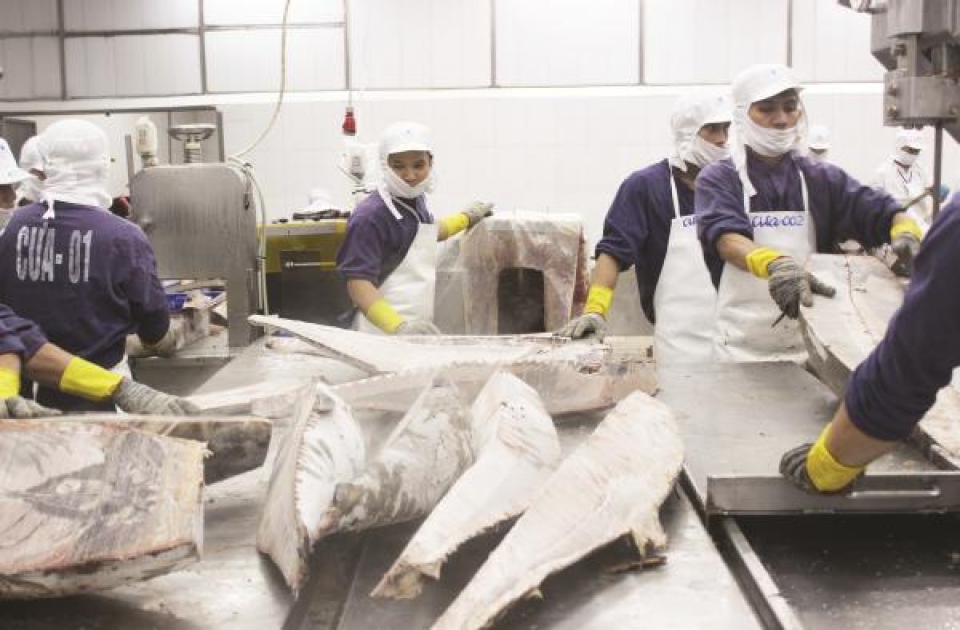 |
| The raw materials for the exported seafood need to be stable and safe. Photo: T.H. |
The influence of the raw materials
Due to the influence of raw materials, many of Vietnam’s seafood exports were returned in the past, which affected not only the businesses, but also the seafood brand of Vietnam. Recently, Kuwait has suspended and refused some shrimp and crustacean products (fresh, iced, frozen, processed) originating in Vietnam due to the appearance of White Spot Sickness Virus (WSSV) and Acute Hepatopancreatic Necrosis Syndrome (AHPNS) in shrimp.
According to a preliminary assessment by the Embassy of Vietnam in Kuwait, the Kuwait Ministry of Industry and Trade was likely to issue the decision based on consultations with the Gulf Cooperation Council, and based on a similar decision by Saudi Arabia which halted import of some Vietnamese shrimp products in 2016, and all Vietnamese seafood at the end of January 2018. However, it did not exclude the possibility that it might not be the quality of Vietnamese shrimp exports to Kuwait that caused the virus.
From this reality, the Import-Export Bureau of the Ministry of Industry and Trade recommended that the enterprises should check and control actively the quality of the exported seafood, meet Kuwait’s requirements on food hygiene and safety.
According to the seafood enterprises, in 2018, some factors continued to negatively impact upon enterprises’, such as: the US catfish inspection Program; Anti-dumping duties on shrimps and “tra” fish, the IUU "Yellow Card"; and an internal problem with the instability of raw materials for processing exported seafood, and although the problem of antibiotic impurities in the material reduced, it still exists.
Commenting on the raw materials for processing the exported seafood, the enterprises said that there were still many difficulties. Due to the market fluctuations and the forecasted result of raw materials for processing the seafood always being inaccurate, they led to the imbalance of supply and demand. In addition, the climate change, the salinity intrusion and the disease outbreaks were responsible for the shortage of fishery materials…
Ms. Truong Thi Le Khanh, Chairman of Vinh Hoan Corporation, said that the “tra” fish industry had experienced steadily increasing material prices for more than 20 years. The fish farmers were very concerned on the unstable raw material prices. High prices had attracted the attention of the neighboring countries, impacting on processing and exporting “tra” fish. The enterprises worried that the high price of “tra” fish might make the import countries replace with alternatives. The increase in price of “tra” fish had the potential of raw material instability. To overcome this situation, the “tra” fish companies should meet to identify the hazards to have basic and specific solutions to ensure the sustainable sources of raw materials for the export processing.
Ms. Nguyen Hong Minh, former Deputy Minister of Fisheries, said that in order to limit the pumping of impurities into shrimp, for testing banned antibiotics we should establish a shrimp market with the specific regulation that all shrimp materials must be transacted in this market. This would enable aquaculture to apply a management method with smart equipment to limit and end the pumping of impurities into shrimp, as well as the use of prohibited antibiotics in aquaculture… In addition, the inability to be active in the production of raw materials, having to import the raw materials for the feed production impacted on the cost of raw materials of aquatic products, making Vietnamese seafood less competitive and dependent on the rise and fall of the imported raw materials market...
Difficulties of the raw materials
Ms. Thu Sac, the representative of the Fisheries Committee (VASEP), said that the “yellow card” for Vietnam had recently been a challenge, but also a great opportunity for Vietnam's seafood industry with many advantages to have fundamental changes in the capture and processing of fishery materials to overcome the yellow card and get the green card in early 2019. However, the seafood enterprises were facing the problems in certification of processed raw materials
According to some seafood exporters, from March 18th, 2018 until now, the quantity of exploited seafood which was confirmed at the port was not much, it would be difficult for the export seafood companies. There were many reasons, such as: transfer of certification task of exploited materials from the Fisheries Sub-Departments to the Fishing Ports according to Circular 02/2018/TT-BNNPTNT; lack of resources, human resources, infrastructure...
According to the evaluation of seafood enterprises, the modern trend that many countries in the world were implementing was to strengthen the control chain of production, origin traceability, focusing on the pre-processing stage. But at present, for the control of quality and safety of exported seafood in Vietnam, the enterprises themselves had not sufficiently controlled the production of raw materials such as: the quality of breeders, use of chemicals and prohibited antibiotics during breeding, as well as the injection of impurities. For a reduction of risky exports, the trend for enhancing and tightening is the norm for food safety and hygiene by the importing countries including America, Japan, EU.
At a conference of the Fisheries sector recently held in Ho Chi Minh City, Deputy Minister of Agriculture and Rural Development Tran Thanh Nam said that, the source of seafood processing materials was one of the interesting issues in processing and exporting seafood. The seafood companies should focus on improving competitiveness, improve the quality of their processing products. Build a safe raw material area by strengthening the link between production and aquaculture to develop the raw material area, ensuring the harmony among the involved parties in aquaculture, processing and export. At the same time, build a fisheries auction floor, so that the problem of origin traceability for the raw materials can be solved, towards sustainable export.
Related News
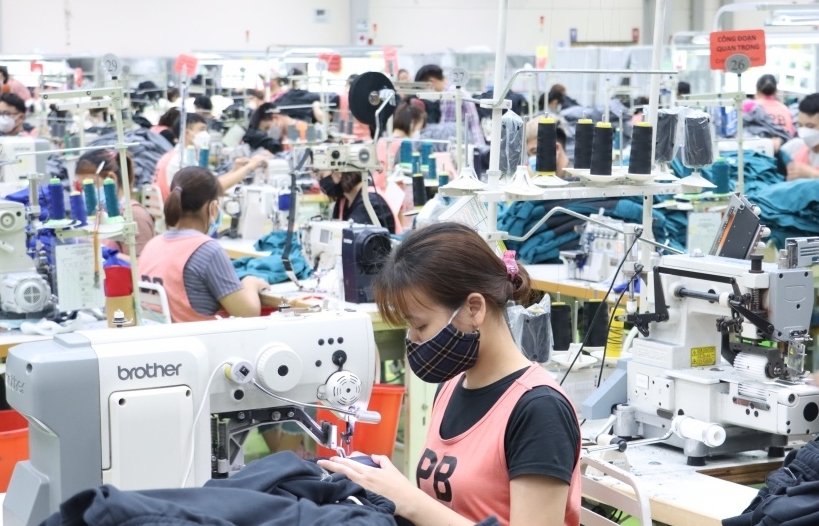
Production faced difficult, raw material import decreased sharply
14:40 | 04/11/2023 Import-Export
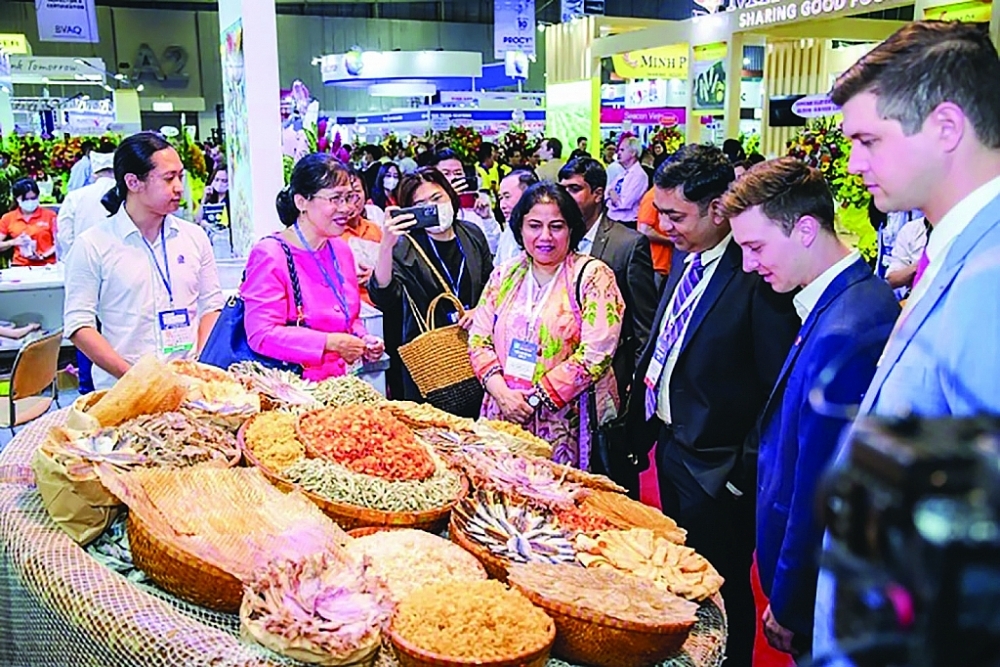
Seafood export enterprises accelerate but still face difficulties
10:56 | 20/04/2023 Import-Export
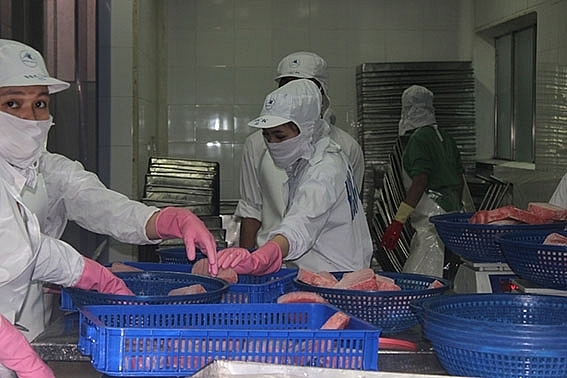
Seafood export expectations from market structure and deep processing
14:27 | 01/03/2023 Import-Export
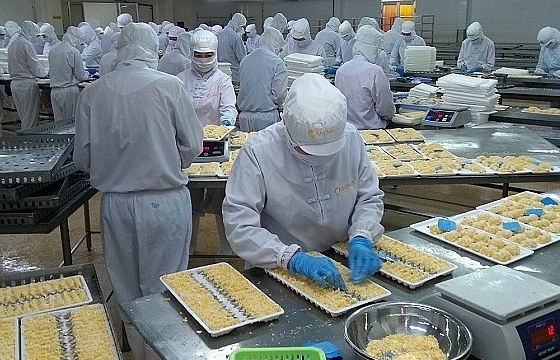
Seafood exports increase slowly, businesses worry about lack of raw materials
16:17 | 09/06/2022 Import-Export
Latest News

Nghệ An Province anticipates record FDI amidst economic upswing
15:49 | 26/12/2024 Import-Export

Green farming development needs supportive policies to attract investors
15:46 | 26/12/2024 Import-Export

Vietnamese enterprises adapt to green logistics trend
15:43 | 26/12/2024 Import-Export
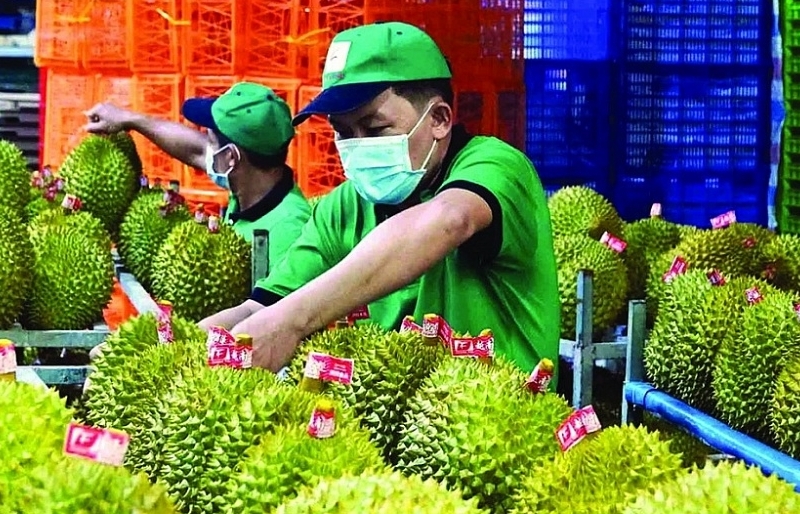
Paving the way for Vietnamese agricultural products in China
11:08 | 26/12/2024 Import-Export
More News

VN seafood export surpass 2024 goal of $10 billion
14:59 | 25/12/2024 Import-Export

Exporters urged to actively prepare for trade defence investigation risks when exporting to the UK
14:57 | 25/12/2024 Import-Export

Electronic imports exceed $100 billion
14:55 | 25/12/2024 Import-Export

Forestry exports set a record of $17.3 billion
14:49 | 25/12/2024 Import-Export
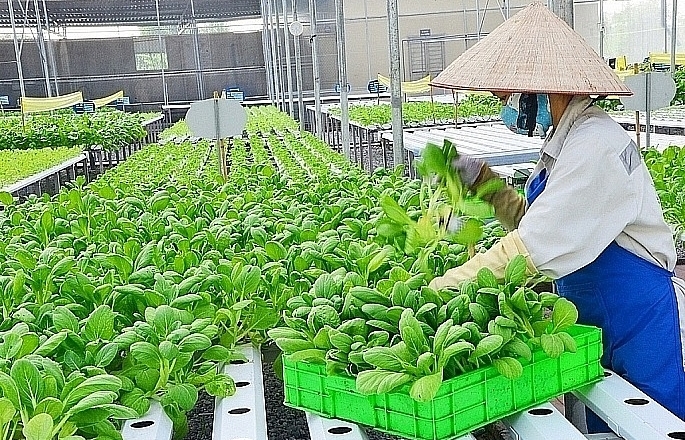
Hanoi: Maximum support for affiliating production and sustainable consumption of agricultural products
09:43 | 25/12/2024 Import-Export

Việt Nam boosts supporting industries with development programmes
13:56 | 24/12/2024 Import-Export

VN's wood industry sees chances and challenges from US new trade policies
13:54 | 24/12/2024 Import-Export

Vietnam's fruit, vegetable exports reach new milestone, topping 7 billion USD
13:49 | 24/12/2024 Import-Export

Aquatic exports hit 10 billion USD
13:45 | 24/12/2024 Import-Export
Your care

Nghệ An Province anticipates record FDI amidst economic upswing
15:49 | 26/12/2024 Import-Export

Green farming development needs supportive policies to attract investors
15:46 | 26/12/2024 Import-Export

Vietnamese enterprises adapt to green logistics trend
15:43 | 26/12/2024 Import-Export

Paving the way for Vietnamese agricultural products in China
11:08 | 26/12/2024 Import-Export

VN seafood export surpass 2024 goal of $10 billion
14:59 | 25/12/2024 Import-Export





